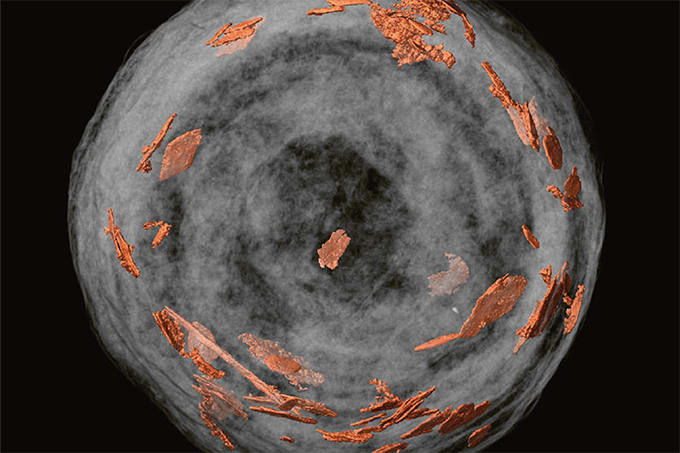A sticky solution. As more SARS-CoV-2 “variants of concern” emerge, so too does the much-debated question of face mask effectiveness. But what if a long running problem in liquid chromatography, whereby proteins tend to “stick” to silica (in columns), could improve face mask efficiency and better protect against viral airborne transmission? Researchers from the University of Liverpool, UK, incorporated liquid chromatography (LC) silica microspheres into face coverings to achieve an average filtration rate of 93 percent, without affecting comfort and breathability.
Fluorescent improvements. Conventional ion exchange chromatography is a reliable analytical tool for the diagnosis of metabolic disorders, such as aminoacidopathies, but it is time consuming and costly. A research group from the National Institute for Biotechnology and Genetic Engineering, Pakistan, successfully developed a reverse-phase HPLC assay, using a low-cost C18 symmetry column and a fluorescence detector to quantify amino acids at low level (ng/mL) concentration in biofluids. “This assay could be applied for the analysis of human plasma to identify aminoacidopathies in newborn screening programs, and other metabolic disorders,” wrote the authors.
A purer BEV. Bacterial extracellular vesicles (BEVs) have emerged as a promising new class of vaccines and therapeutics, but are hindered by a lack of efficient and scalable purification methods. But scientists from The University of Maryland have developed a protocol combining high performance anion exchange chromatography with tangential flow filtration to successfully isolate BEVs from E. coli and LAB probiotics – with increased BEV purity, which could enhance therapeutic efficacy. The team are hopeful their approach could be used in large-scale manufacturing.
A meat-free solution. Plant-based meat substitutes, such as tempeh and quorn, have grown in popularity in recent years. But for food producers, replicating the flavor and aromas of meat is an evolving challenge – often involving synthetic processes that cannot be labeled as “natural.” In search of a natural alternative, researchers at the University of Hohenheim, Germany, developed a platform to generate meaty flavors from onions, chives, and leeks through fermentation with common fungi. They then used gas chromatography-mass spectrometry-olfactometry to reveal several key meat aroma compounds. Onion ferments, in particular, resulted in an intense meaty and liver sausage-like flavor.
Gas chromatography sheds light on insect behavior, as researchers identify aphrodisiac chemical in male moths during courtship. Link
Newly-designed screening method employing hydrophilic interaction liquid chromatography-tandem mass spectrometry (HILIC-MS/MS) successfully identifies 520 differential lipid features related to COVID-19 severity. Link
Japanese scientists analyze flower scents with gas chromatography and MS to reveal that plants adapted and developed pollination syndromes to attract pollinating fungus gnats. Link
Scientists optimize gas chromatography-electron capture detector for decreased solvent consumption and “greener” pesticide monitoring in various fruits, vegetables, and cereals. Link
Credit: A colourful Grey Pansy Butterfly spotted at Maharashtra Nature Park in India by Sonika Agarwal sourced from unsplash.com (edited)




